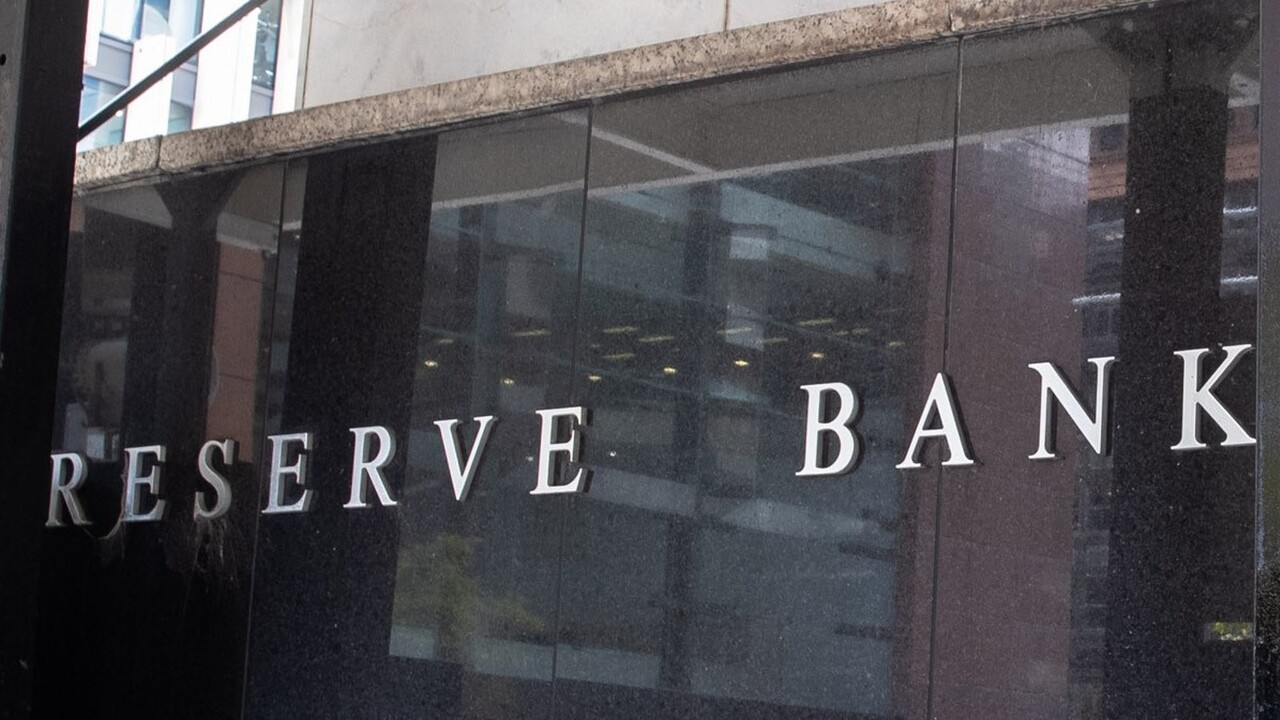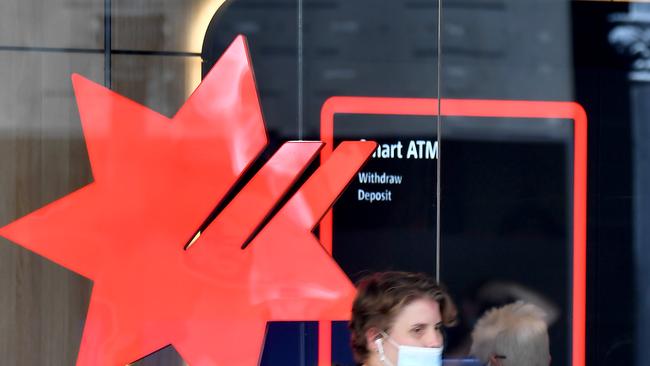Major Aussie bank’s big rates move, but there’s a catch for existing mortgage holders
One of Australia’s biggest financial institutions has reduced home loan interest rates, but there’s just one catch for potential customers.

Banking
Don't miss out on the headlines from Banking. Followed categories will be added to My News.
NAB has announced changes to advertised interest rates for its base variable home loan as competition in the loans space heats up.
The rates on NAB’s base variable loan for owner-occupiers and investors paying principal and interest have fallen by 0.40 percentage points, while interest-only rates on this loan dropped by 0.60 percentage points.
For new owner-occupiers paying principal and interest, the rates have fallen from 6.84 per cent to 6.44 per cent. Interest-only loans for owner-occupiers have fallen to 7.34 per cent.

Canstar.com.au data insights director Sally Tindall said since August the number of lenders cutting new customer variable rates had far outweighed the number of lenders hiking these rates.
“NAB’s home loan book has been sluggish, particularly in light of the recent gains made by CBA and ANZ. This move should help the bank reverse this,” she said.
The bank’s standard variable rate remains unchanged for existing customers.
“Existing NAB borrowers could find today’s news frustrating, as these rate cuts are only on offer for new customers,” Ms Tindall said.
“However, if you’re an existing customer, there’s absolutely nothing stopping you from picking up the phone and asking for a rate cut.”
Despite the cuts, NAB does not have the lowest advertised variable rate out of the big four. ANZ and CBA offer lower rates on their digital-only home loans that were introduced in November 2023 and May 2024, respectively.
ANZ is offering a digital-only rate of 6.14 per cent for refinancers with a minimum 20 per cent deposit, while CBA is offering 6.15 per cent under the same conditions.
While NAB’s rates have fallen, Canstar says there are 38 lenders offering a mortgage with a variable rate of less than 6 per cent.
For a refinance loan of $500,000 in NSW, Horizon Bank is offering a variable rate of 5.89 per cent, with CBA’s Unloan offering 5.99 per cent.
The fall in rates comes as NAB announced its full-year results.
NAB said its net interest margin, a key indicator of profitability that measures how much money a bank makes from lending compared with its borrowing costs, decreased 3 basis points to 1.71 per cent.

“This primarily reflects home lending competition, higher term-deposit costs and deposit mix impacts, partially offset by higher earnings on deposits and capital as a result of the higher interest rate environment,” NAB said.
Mozo’s personal finance expert Rachel Wastell said NAB’s response to home loans is due to intense compeition among the Big Four banks, two of which are offering low rate digital-only home loans for borrowers.
“Today’s cuts look to be a strategic move from NAB, making it more competitive with the digital-only offers launched by CommBank and ANZ Plus, while still offering borrowers the benefit of in-person service,” Ms Wastell said.
Under these new rates, a new customer with a 500,000 loan will have a reduction of $126 per monthly repayment.
The bank delivered $6.96bn in profits across the year, a 6.1 per cent fall from last year, and chief executive Andrew Irvine said its “asset quality” had “deteriorated”, as pressures piled up on its customer base.
“The Australian economy has remained resilient; however, the impact of higher interest rates and cost of living is challenging for our customers and we are here to help them,” he said on Thursday morning.
“Not unsurprisingly, asset quality deteriorated over FY24 but we have maintained prudent balance sheet setting.”
The bank is reducing rates in line with expectations from the Reserve Bank of Australia for a rate cut to come in February.
The latest employment figures, released on Thursday, showed Australia’s unemployment rate remained steady at 4.1 per cent for the third month in a row, with the country adding about 15,900 jobs to the economy in October, softer than what economists had forecast.
IG analyst Tony Sycamore said Thursday’s figures indicated that while Australia’s “exceptionally resilient labour market” showed “some modest indications of cooling,” it would likely not impact the cash rate.
“While it seems improbable that this slowdown will push the unemployment rate to the RBA’s forecast of 4.3 per cent by December, it provides the central bank with the breathing room to maintain its focus on inflation and keep rates in restrictive territory into year-end, all without any significant signs of deterioration in the labour market,” he said.
Originally published as Major Aussie bank’s big rates move, but there’s a catch for existing mortgage holders


